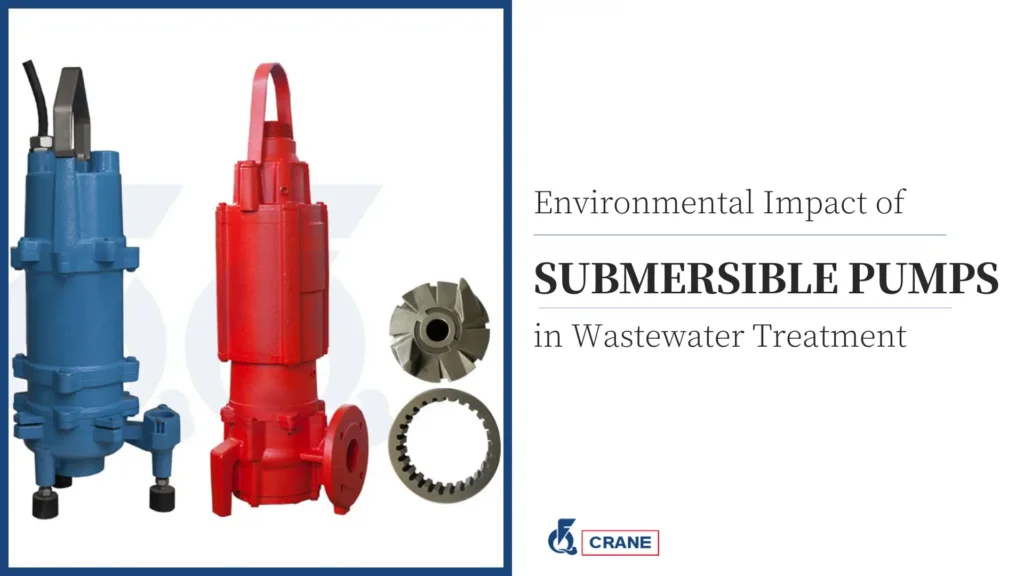Submersible pumps are pumps that can work in fluids that are fully submerged.
Unlike the traditional pumps that typically draw water from above from a surface, submersible pumps will sit underwater as well, which promotes better transportation of fluids.
Such peculiarities of design make them very useful in wastewater treatment applications, where handling dirty water is essential for treating it.
Normally, these pumps have a sealed motor to prevent water from entering to ensure good working even in tough conditions.
Submersible pumps perform very versatile functions in wastewater treatment plants.
Among such applications one can include its work into sewage treatment plants, industrial effluent disposal, stormwater drainage, and so on.
Because they can pump very large quantities of water rapidly, these pumps tend to be indispensable for wastewater delivery from collection points to treatment facilities.
They are also widely used in dewatering, for instance, to extract excess water from building sites or floodwaters.
And More:
Application of Submersible Pumps in Wastewater Treatment
Importance of Choosing the Right Pump
The performance by an essential pump- the submersible pump will also depend on picking the right things.
To ensure that the environment is not polluted with this activity, certain aspects relating to flow rate, head height (the height the pump needs to lift water), and chemical compatibility among others have to be looked into.
Pump selection according to each specific wastewater treatment system requirement brings forth increased efficiency, reduced operational costs, and minimized maintenance needs-all to make the whole process a more sustainable one in terms of wastewater management.
The Role of Submersible Pumps in Wastewater Treatment
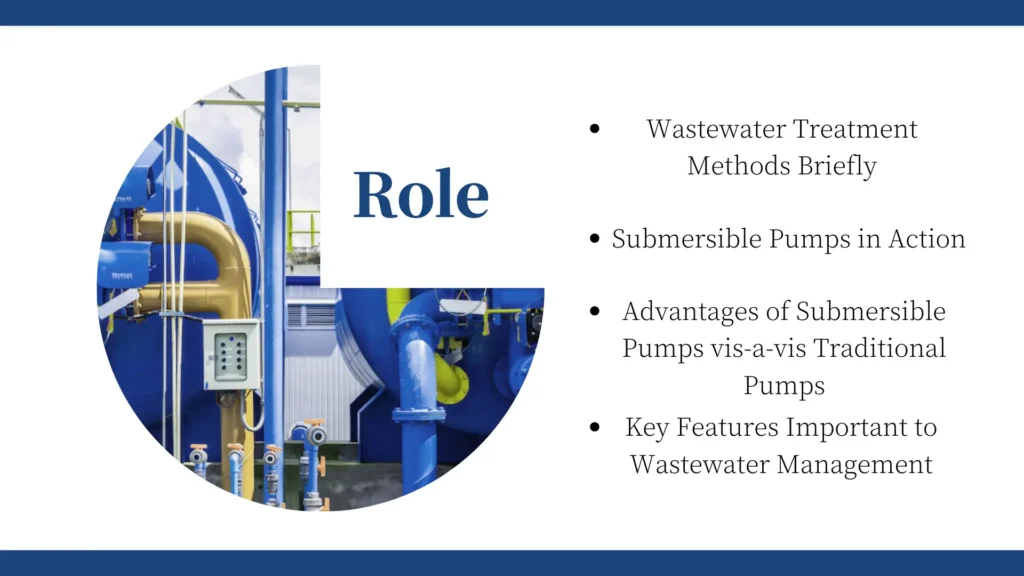
Wastewater Treatment Methods Briefly
Wastewater treatment is the entire process that includes collection, treatment, and discharge of treatment effluent.
It aims to remove all possible contaminants in wastewater prior to the discharge back into the environment.
One of the most important parts of this process is the submersible pump, which transports the wastewater to treatment facilities in preparation for subsequent biological and chemical treatments as well as any physical treatment that may be required.
Submersible Pumps in Action
During the sewage treatment plant’s flow, submersible pumps carry raw sewage from collection tanks to treatment units.
It also means it can be designed to avoid solid content and sludge, which are usually found in wastewater.
Submersible pumps are again used for transporting treated water to the rivers, lakes, or other porous bodies of water after which the treated effluent now leaves the facility – that is, only if it does meet environmental standards of discharge.
Advantages of Submersible Pumps vis-a-vis Traditional Pumps
Submersible pumps possess many advantages over traditional surface pumps.
Being submerged, they need much less space for installation, which is great in facilities where there is not much space left.
Because of their design features, they minimize cavitation damage in pumps; hence lower maintenance costs and an extended lifespan.
They are also noiseless, so they reduce noise pollution in urban areas.
Key Features Important to Wastewater Management
Modern submersible pumps with all such features talk of performance enhancement in wastewater treatment.
These are those variable-speed drives which will automatically adjust the operation of the pump as per demand, real-time automatic controls to monitor it, and built-in sensors to inform the user about performance and future problems caused.
Increased efficiency is meaningless if the operators cannot respond fast enough to all the changes in the processes of wastewater treatment.
Environmental Benefits of Submersible Pumps
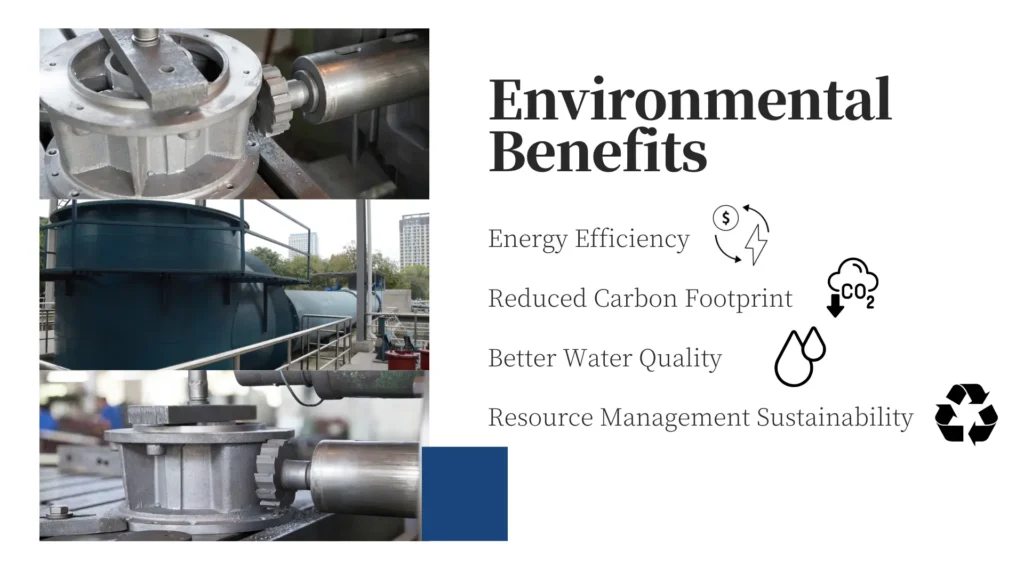
Energy Efficiency
The outstanding energy efficiency of these submersible pumps is one of the most significant of their environmental benefits.
They are engineered specifically for submerged operation where they often consume less energy than conventional pumps.
Less energy consumption results in lower operating costs and less resource strain in power, making it more eco-friendly in the treatment of waste.
Reduced Carbon Footprint
In addition, submersible pumps reduce the carbon footprint of wastewater treatment facilities because they make use of more energy-efficient technology in such circumstances.
They consume less energy and, consequently, release fewer greenhouse gases.
As a result, they become a valuable tool with which waste treatment facilities can reduce their carbon footprint as they comply with and work toward various environmental regulations and goals.
Better Water Quality
By ascertaining the proper transfer and treatment of wastewater, submersible pumps significantly influence the quality of water.
It can help to eliminate pollutants and hazardous conditions in effluents released into the environment after they have met the required quality standards.
It guarantees improved water quality essential for safeguarding aquatic ecosystems and public health.
Resource Management Sustainability
Submersible pumps are essential in sustainable resource management by giving room for recycling and reuse of treated wastewater.
Most of these regions are becoming increasingly dry, thus making it necessary to use water resources to the fullest.
The handling of wastewater in effective use of submersible pumps helps in conservation of freshwater supplies while laying foundations for sustainable use of water.
Challenges and Considerations
Environmental Risks in Future
While all he benefits could include using submersibles, these devices have their potential environmental risks.
Improper installation or maintenance may lead to submersible pump leaks or failure and even contamination of surrounding areas.
Hence operators must practice the best regarding installation and maintenance at mitigating these risks and improving the health of the local ecosystem.
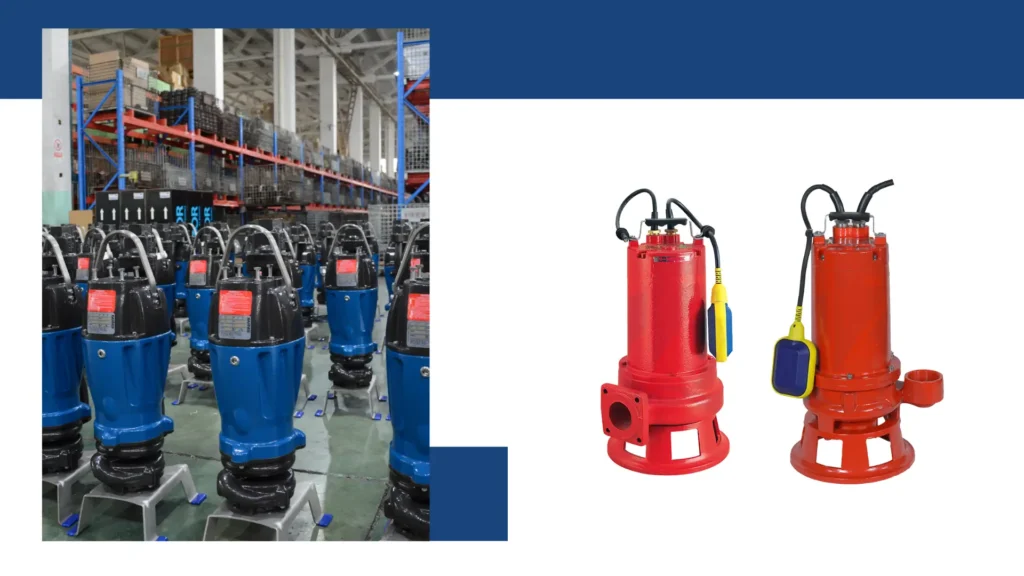
Maintenance and Durability
Regular maintenance is paramount to the durability and operational efficiency of submersible pumps.
It is worth noting that neglecting maintenance schedules like inspection of seals, bearings, and impellers can lead to reduced performance and loss of money due to high costs of repairs.
Establishing a regular maintenance schedule helps to prolong life, as well as ensure that the pump operates in very busy waste-water environments, efficiently.
Cost Aspects
There is a shift in upfront cost since submersible pumps will, after some time, result in reduced expenditure on electricity.
Companies now have to look at whether the same is worth the initial installment upfront against their long-term savings or operational efficiencies.
In most cases, reduced maintenance and energy costs would outweigh the costs of submersible pumps in the long run.
Go Green
When it comes to submersible pumps, think about the environment as you seek more eco-friendly options regarding the pollution of the environment.
Invest in pumps manufactured from recyclable materials, considering that they do feature energy-efficient technology.
By going for sustainable products, customers can help create an environmentally friendly approach to wastewater.
Innovations in Submersible Pump Technology
Intelligent Pumping Solutions
Multipurpose smart pumping solutions have been developed that make real-time monitoring and control of pumps a reality-they change the present operation of the pump fully automatically according to existing conditions and performance needs, thereby consuming lesser energy.
State-of-the-Art Materials and Designs
New ideas of use and design uplift the performance of submersible pumps to greater heights of durability and efficiency.
The corrosion-resistant material improves the life span of the pump in critical environments such as wastewater.
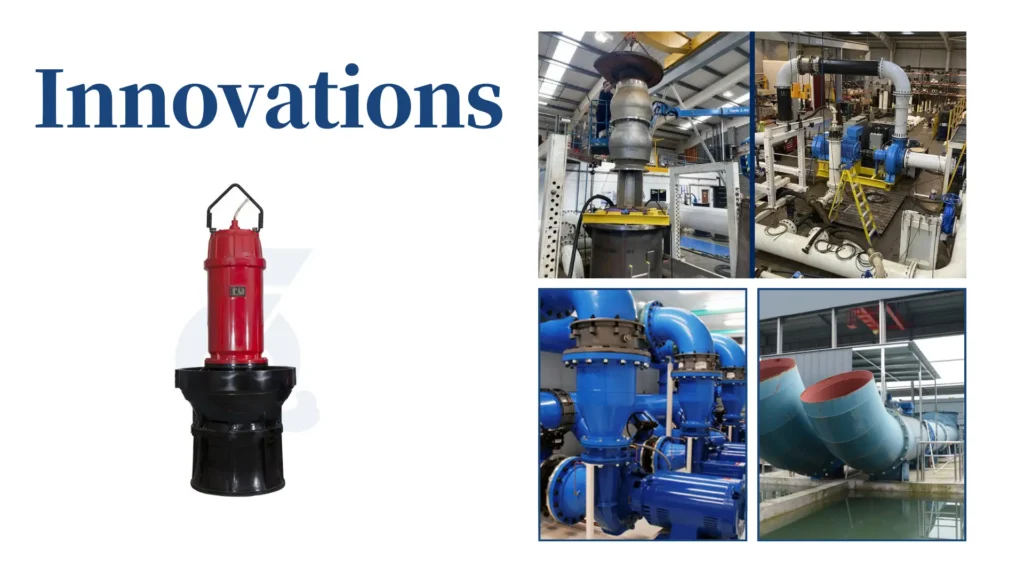
Control and Monitoring Systems
Automation of submersible pumps means that the pumping operations can be finely controlled and operated without using manual handling.
Monitoring systems can diagnose failure at the same time, such as a decrease in flow rate or changes in vibration from normal, instead of waiting for the pump to fail.
These largely reduce the unproductiveness associated with pump breakdown but are ultimately more reliable and effective in wastewater treatment.
Emerging Developments in Pump Technology
Encourage the advent of submersible pumps of the future, which basically are high efficiency-low environmental impact, user-friendly systems and compatibly integrated with smart technologies.
The more effective the wastewater treatment technique becomes, the more innovation continues in pump technology; hence the much greater benefits to the region will accrue.
Comparing Submersible Pumps with Other Pump Types
Difference Between Centrifugal and Submersible Pumps
The distinction between centrifugal and submersible pumps is extremely important when it comes to the actual buying decision.
Both types have their merits in a specific application, but with regards to wastewater treatment, submersible pumps possess their own unique pluses: being able to handle solids, and being another space saver.
Advantages of Submersible Pumps
Submersible pumps otherwise have their distinct set of advantages, which are usually cited as fewer operational noise and a lower likelihood of vapor lock.
Submerged operation naturally creates cavitation much less when operating and it is intended to transport fluids efficiently, hence making submersible pumps very popular in many wastewater treatment facilities.
Cost Effectiveness
Without a doubt, when taking the cost-effectiveness view, submersible pumps usually are the cheaper ones in the long run because they are energy effective and have lower servicing needed.
The initial installation might be costlier but the savings especially in operating cost over a longer period generally make up for this.
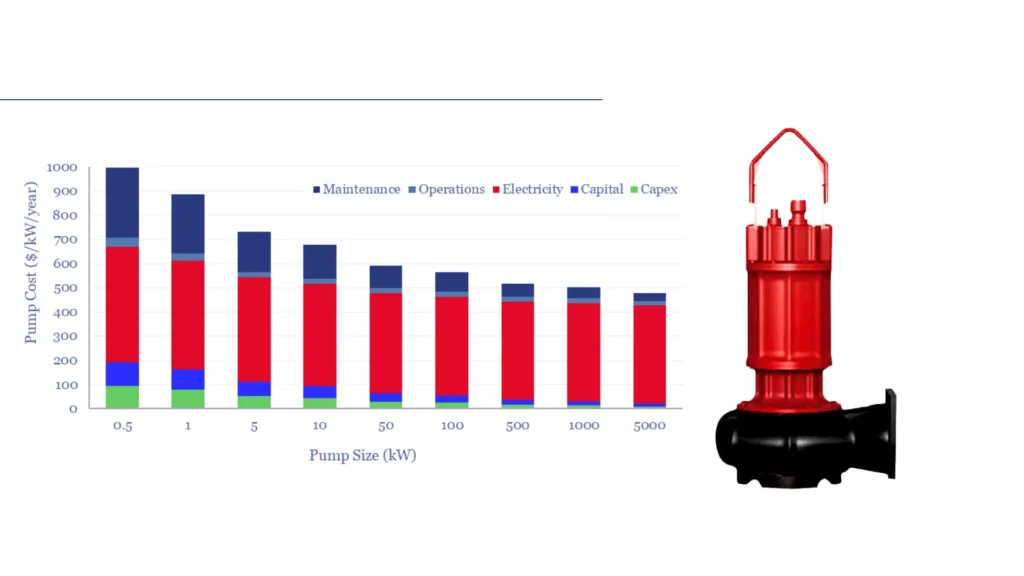
Environmental Aspects in When Compared
To appreciate the environment compared with pump types, the evaluation of the environmental impact of the submersible pumping is usually more favorable as it leads to reduced energy consumption and emissions.
Facilities can thus easily attune their operations to those in line with environmental responsibility goals, such as the use of submersible pumps.
Conclusion
According to the key benefits, submersible pumps have many benefits in waste treatment: energy savings, better water quality, and less environmental impact.
This depth and advanced technology render it an excellent part of an efficient wastewater management system.
It can be anticipated that with the progressive advancement in technology, the role of submersible pumps in wastewater treatment will increase.
Advancements are still moving towards greater efficiency and sustainability to improve wastewater management efforts even further.
Installing submersible pumps is not a business choice; it is an act towards environmental stewardship.
This go-good pump fills the organizations up to cleaner water systems and a healthier planet.
Collecting information about various models and technology will probably ensure the best fit for the particular needs of the organizations.

